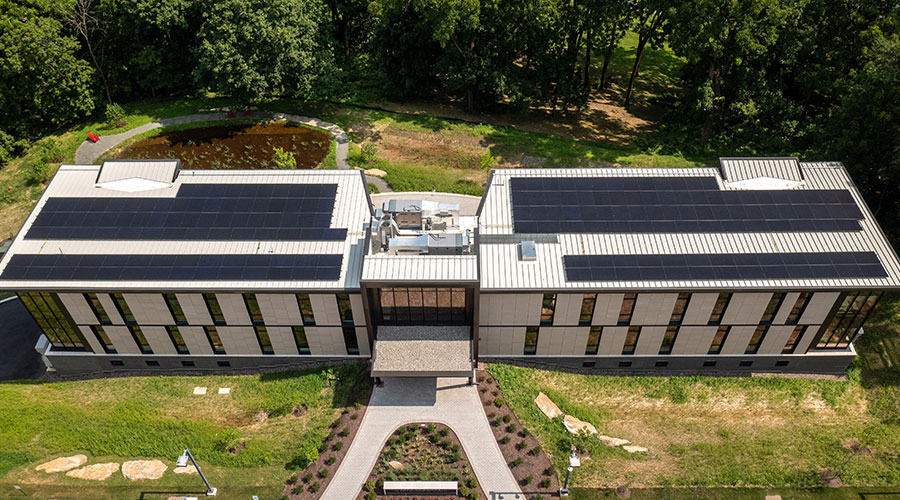Roofing: How to Prepare for Inspections
Roofs might be the most valuable asset for any institutional or commercial organization. They keep the elements out of buildings and protect valuable interior components and operations. But besides being the most valuable, roofs also might be the most vulnerable assets because they are exposed to the elements 24 hours a day, seven days a week, 365 days a year.
Any sensible person would never buy a new car and neglect to change its oil or inspect its brakes. But when it comes to roofs, the prevailing practice seems to be out of sight, out of mind. A lack of proper inspections and maintenance can greatly shorten a roof's performance life.
To protect roofs and, in turn, facilities themselves, managers must schedule regular roof inspections, tailor them to the particular type of roof in question, and avoid the common and sometimes costly mistakes inspectors can make.
Inspection Preparation
Before starting the evaluation, the inspector must review any information relative to the existing roofing system. The review should include drawings and specifications to understand system materials and the design of various details. The inspector also should review any warranties to understand time remaining and various provisions.
To assess the condition of the roof, managers need to establish a rating system based on two main components. The first component would be the age of the roof versus its expected design life. The second — and more important — component is actual roof conditions. Each rating has its own individual definition and description, making it easy to understand the overall condition of the roofs after the evaluation. The rating system also should establish a time frame within which the roof will require corrective action.
To start the evaluation, divide the building's various roof areas into manageable sections, separating the areas by natural separations, such as parapet walls and expansion joints. The inspector should treat each individual section as a separate roof and assign it an appropriate rating upon completing the evaluation.
Related Topics:














